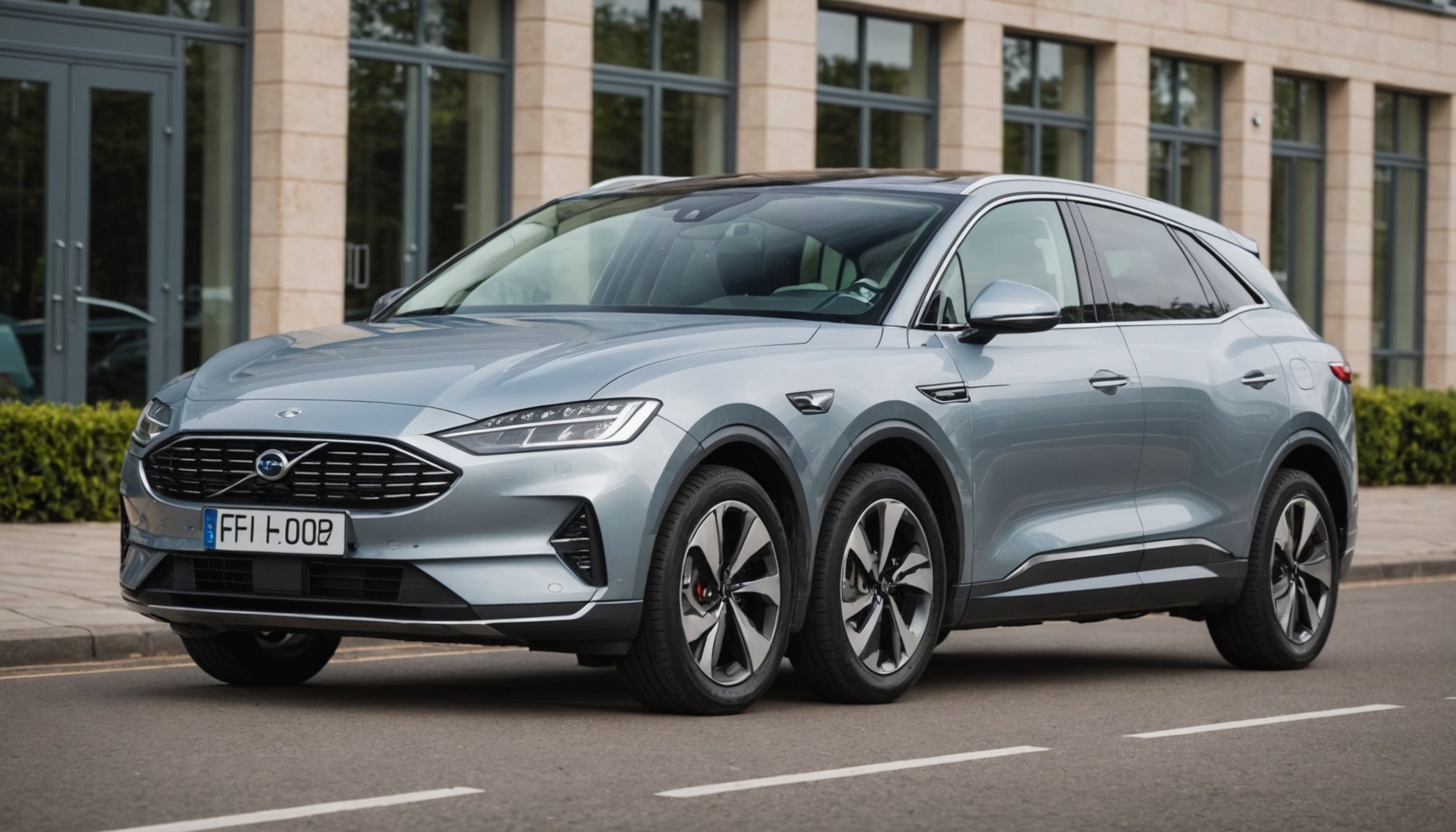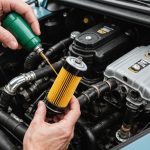Charging Habits for Optimal Battery Performance
Understanding the proper charging habits is essential for maintaining the longevity of a plug-in hybrid vehicle’s battery. Regularly charging your hybrid is crucial for keeping the battery healthy, akin to how a regular tune-up is important for optimal vehicle performance. Balancing the charge cycles helps in avoiding unnecessary strain on the battery, thereby extending its life.
When it comes to charging at home, it’s advisable to use a dedicated outlet or install a home charging station to efficiently manage energy usage. Public charging stations, while convenient for topping up, can vary in speed and cost. Hence, it’s important to strategize usage based on convenience and necessity.
Also to see : Essential tips for keeping your classic british convertible cool: effective methods to avoid overheating
Smart charging technology plays a pivotal role in optimizing the charging process. By utilizing apps that monitor and manage energy consumption, users can plan charges during off-peak hours, potentially saving on electricity costs. Such technology can also alert users to unplug once the battery is fully charged, preventing unnecessary energy use.
In summary, proper battery management through these strategic charging practices ensures durability while offering an economical approach to utilizing plug-in hybrids.
Have you seen this : Expert advice for maintaining leather upholstery in your british convertible: must-know care tips
Driving Practices to Extend Battery Life
Driving a plug-in hybrid efficiently isn’t just about routines; it’s a strategy to maximise your battery’s life and performance. Key to this strategy is adopting eco-driving techniques that focus on preserving energy. For instance, accelerating gently and maintaining a steady speed helps in extending the electric driving range. Quick acceleration consumes more energy, reducing how far you can travel on electric power alone.
A particularly noteworthy method is the use of regenerative braking. This process allows the vehicle to recover energy usually lost during braking and reuse it to recharge the battery. By simply easing off the accelerator and allowing the vehicle to slow naturally, drivers can harness this technology to conserve battery energy effectively.
Understanding your car’s driving modes plays a significant role as well. Plug-in hybrids often offer modes like Eco or EV, prioritising battery use over petrol. Learning when to utilise each mode based on travel requirements and battery level can lead to substantial savings in energy and extend battery longevity. Active involvement and attention to these strategies can transform your driving experience while maintaining optimal battery health.
Temperature Considerations for Battery Longevity
When it comes to battery longevity in plug-in hybrids, extreme temperatures pose significant challenges. Understanding how weather effects can influence battery performance is crucial for maintaining optimal efficiency.
Impact of Extreme Temperatures
Extreme heat can cause the battery to degrade faster, while severe cold weather can reduce its capacity. These conditions make effective battery temperature management a priority for hybrid owners.
Tips for Protection
To safeguard your battery, consider employing garage storage and battery insulation strategies. Storing your vehicle in a garage or shaded area during hot months can limit heat exposure, while insulation aids in retaining warmth during cold periods. These practices help maintain a stable operating temperature, promoting battery health.
You can also invest in thermal management systems, which regulate the battery’s temperature, ensuring it remains within an optimal range. By supporting your hybrid’s inherent temperature management features, you not only improve longevity but also enhance overall performance.
Incorporating these strategies into your battery management routine ensures it withstands adverse weather conditions, leading to improved durability and efficiency. For those seeking greater reliability from their hybrid’s battery, temperature considerations are indispensable.
Regular Maintenance for Hybrid Vehicles
To ensure plug-in hybrid vehicles function efficiently, committing to regular maintenance is crucial. Inspection appointments should be routine, as experts emphasize periodic servicing as a cornerstone of battery care. Routine checks not only cover general vehicle upkeep but also focus on diagnosing battery health.
By conducting diagnostic assessments, you can monitor and gauge battery performance, preventing potential issues before they escalate. These assessments often involve checking electrical systems and battery charge rates, giving insight into the battery’s long-term health. Vehicles with frequent diagnostics tend to exhibit fewer performance issues, promoting a smoother driving experience.
Maintenance schedules recommended by professionals often vary; however, they typically suggest servicing every six months or 5,000 to 7,000 miles. During these check-ups, it’s essential to replace air filters, inspect brakes, and consider tire rotation to aid in holistic vehicle upkeep. Keeping up with this schedule ensures not just battery health but overall vehicle efficiency, extending the lifespan of your plug-in hybrid.
Addressing any component wear timely prevents larger repair needs. Adopting expert-recommended maintenance schedules is thus a practical measure that fosters reliability and optimal function in your hybrid vehicle.
Real-Life Examples and Case Studies
In the world of hybrid vehicle success stories, drivers have managed to significantly extend their battery lives through careful practices. One prominent example involves a family who meticulously followed battery management and maintenance strategies with their hybrid vehicle. By religiously adhering to recommended charging habits and employing efficient driving techniques, they reported minimal degradation over several years.
Analysis of different plug-in hybrid models reveals diverse battery outcomes based on user habits and environmental conditions. For instance, the performance differences between urban and rural drivers highlight the impact of terrain and temperature. Urban drivers, benefiting from frequent stops, often see enhanced battery life due to increased regenerative braking. In contrast, rural settings may demand strategies tailored to long-distance travel and climactic challenges.
Lessons learned from such user experiences underscore the importance of proactive care. Successful drivers consistently engaged in regular vehicle upkeep and leveraged technology like smart charging apps, showcasing a marked improvement in battery longevity. By examining these real-world applications, potential hybrid owners can garner insights to optimise their vehicle’s performance, ensuring both efficiency and durability in varied driving scenarios.
Frequently Asked Questions about Plug-in Hybrid Batteries
In understanding common hybrid battery concerns, users often inquire about battery lifespan and usage. A prevalent misconception is that plug-in hybrid batteries degrade rapidly. In reality, when managed with effective battery management strategies, such as regular charging and temperature control, these batteries can maintain optimal performance for many years.
One frequent user inquiry pertains to what affects battery longevity. Several factors play a role, including charge cycles and environmental conditions. By maintaining a balance in these areas, users can contribute to the long-term health of their vehicle’s battery.
Troubleshooting often involves power loss or inefficient charging issues. Expert advice suggests checking for software updates in smart charging technology and ensuring appropriate charging habits. Additionally, users should be mindful of their vehicle’s diagnostic alerts, which can reveal potential problems early on.
For further information and support, manufacturers provide comprehensive resources, including user manuals and online support forums. Engaging with these materials offers valuable insights into optimising battery performance through best practices and technological tools. This proactive approach ensures that users have access to the most relevant and current data, enhancing their hybrid experience.











